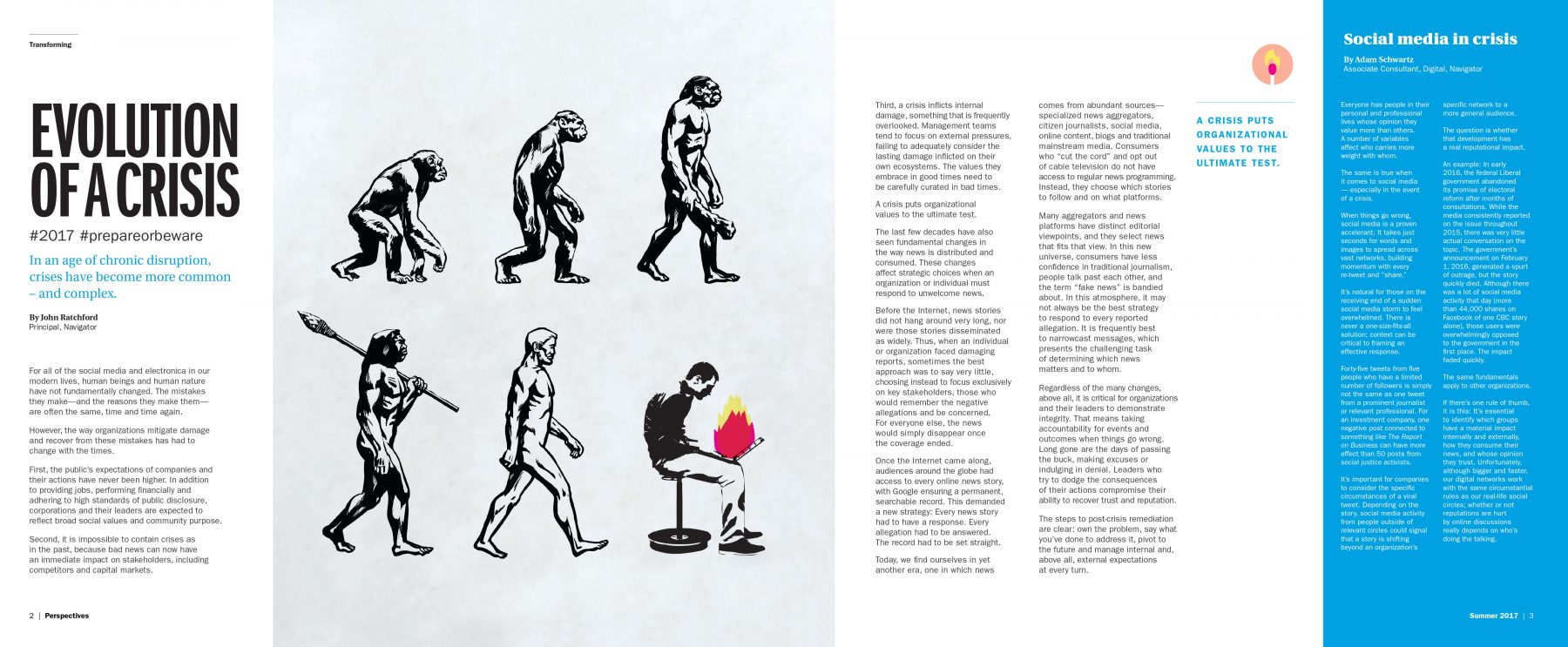- CEOCap
- Jaime Watt’s Debut Bestseller ‘What I Wish I Said’
- Media Training
- The Push Back
- Internship program
- Update Your Profile
- Homepage
- It’s time for a change
- It’s time for a change
- Kio
- Ottawa
- Art at Navigator
- Navigator Limited Ontario Accessibility Policy
- Virtual Retreat 2020 Closing Remarks
- COVID-19 Resources
- Offices
- Navigator Sight: COVID-19 Monitor
- Navigator Sight: COVID-19 Monitor – Archive
- Privacy Policy
- Research Privacy Policy
- Canadian Centre for the Purpose of the Corporation
- Chairman’s desk
- ELXN44
- Media
- Perspectives
- Podcasts
- Subscribe
- Crisis
- Reputation
- Government relations
- Public affairs campaigns
- Capital markets
- Discover
- studio
- How we win
- What we believe
- Who we are
- Careers
- Newsroom
- AI
- Empower by Navigator
- Environmental responsibility

Everyone has people in their personal and professional lives whose opinion they value more than others. A number of variables affect who carries more weight with whom.
The same is true when it comes to social media — especially in the event of a crisis.
When things go wrong, social media is a proven accelerant. It takes just seconds for words and images to spread across vast networks, building momentum with every re-tweet and “share.”
It’s natural for those on the receiving end of a sudden social media storm to feel overwhelmed. There is never a one-size-fits-all solution; context can be critical to framing an effective response.
Forty-five tweets from five people who have a limited number of followers is simply not the same as one tweet from a prominent journalist or relevant professional. For an investment company, one negative post connected to something like The Report on Business can have more effect than 50 posts from social justice activists.
It’s important for companies to consider the specific circumstances of a viral tweet. Depending on the story, social media activity from people outside of relevant circles could signal that a story is shifting beyond an organization’s pecific network to amore general audience.
The question is whether that development has a real reputational impact.
An example: In early 2016, the federal Liberal government abandoned its promise of electoral reform after months of consultations. While the media consistently reported on the issue throughout 2015, there was very little actual conversation on the topic. The government’s announcement on February 1, 2016, generated a spurt of outrage, but the story quickly died. Although there was a lot of social media activity that day (more than 44,000 shares on Facebook of one CBC story alone), those users were overwhelmingly opposed to the government in the first place. The impact faded quickly.
The same fundamentals apply to other organizations.
If there’s one rule of thumb, it is this: It’s essential to identify which groups have a material impact internally and externally, how they consume their news, and whose opinion they trust. Unfortunately, although bigger and faster, our digital networks work with the same circumstantial rules as our real-life social circles; whether or not reputations are hurt by online discussions really depends on who’s doing the talking.
